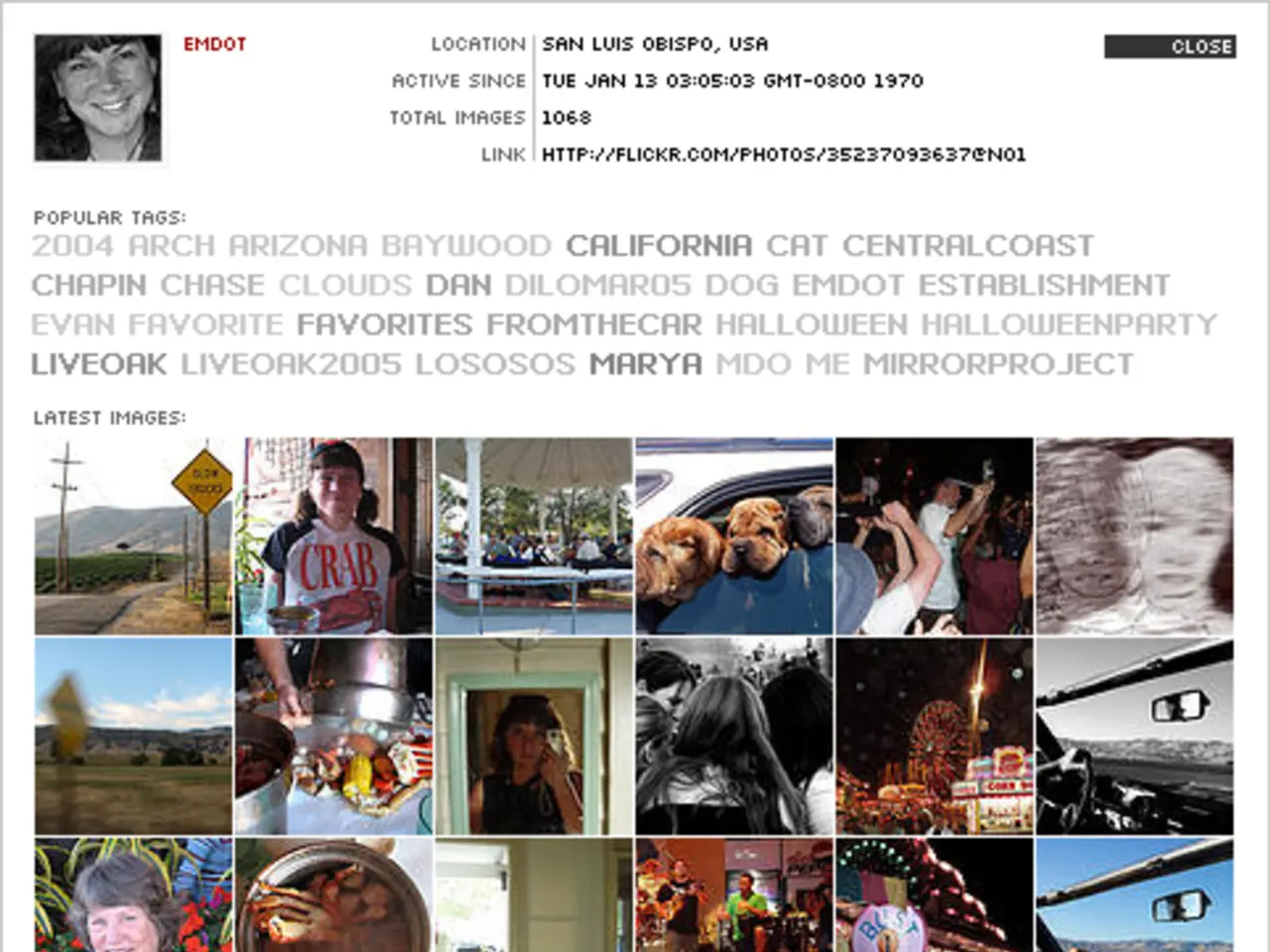Unveiling October's Spotlight: The Dawn of an Era in AI-Generated Artwork
In the ever-evolving world of technology, one of the most intriguing developments is the emergence of AI-generated images. The articles "Forget about Algorithms and Models - Learn How to Solve Problems First" and "Blending the Power of AI with the Delicacy of Poetry" shed light on this transformative trend.
AI-generated images are rapidly reshaping the art industry, with the market projected to expand from $298.3 million in 2023 to $8.6 billion by 2033, growing at an annual rate of 40%[1]. AI-dominated visual art is gaining acceptance from traditional art institutions, as evidenced by Christie's major auction in early 2025 where AI art sold for significantly above estimates, attracting a younger demographic of collectors[1].
This commercial acceptance signals a transformative shift in how art is created, commercialized, and consumed. However, the rise of AI also presents ethical, professional, and legal challenges. For instance, the question of who owns the rights to AI-generated artworks is contentious and legally unsettled[2]. Businesses and creators are urged to adopt cautious, ethical practices, such as understanding training data provenance, documenting AI involvement, and securing relevant licenses, to mitigate legal risks[2][4].
The democratization of creation, brought about by tools like Midjourney, DALL-E, and Stable Diffusion, has both advantages and disadvantages for illustrators. While these tools can enhance creativity and productivity, they also generate anxiety around originality and the future of human illustrators[3]. AI might not outright replace illustrators, but it is redefining their roles, pushing them toward more experimental or hybrid workflows[3][5].
Moreover, the role of artists and the concept of originality in AI-generated art are being questioned. The article "Similarity-Based Image Search for Visual Art" explores the problem of determining the degree of similarity between images, a topic that might prove crucial in future debates around originality and ownership in AI art[6].
Several recent articles tackle AI-generated images from various angles, providing resources for learning and exploration. For example, "A Beginner's Guide to Prompt Design for Text-to-Image Generative Models" offers an accessible guide for understanding the basics of choosing a model and the emerging discipline of prompt engineering[7].
Cloud-based tools have also contributed to the increased accessibility of AI-generated images, making them more accessible to a wider audience[8]. This development, coupled with the lower costs, open-source models, and text-to-image interfaces that have emerged this spring, has made AI-generated images more accessible than ever before[9].
In conclusion, AI-generated images are accelerating a profound shift in the creative landscape. They are opening new markets and tools while presenting ethical, professional, and legal challenges that artists, businesses, and regulators are actively grappling with throughout 2025 and beyond[1][2][3][4][5]. This topic is worth exploring and understanding due to its growing significance and potential impacts.
References: 1. Art Market Monitor 2. Forbes 3. The Verge 4. Artnet News 5. The Guardian 6. IEEE Access 7. Leonie Monigatti 8. Fast Company 9. Vox
Artificial intelligence, through the generation of images, is disrupting the art industry by blurring the lines between human and machine creativity. The advancements in AI technologies are not only altering the process of art creation but also raising ethical, legal, and professional questions that the industry, businesses, and regulators must address.
As AI-generated images grow in popularity and accessibility, thanks to cloud-based tools and text-to-image interfaces, understanding their implications and navigating the emerging challenges will be crucial for artists and businesses alike.




